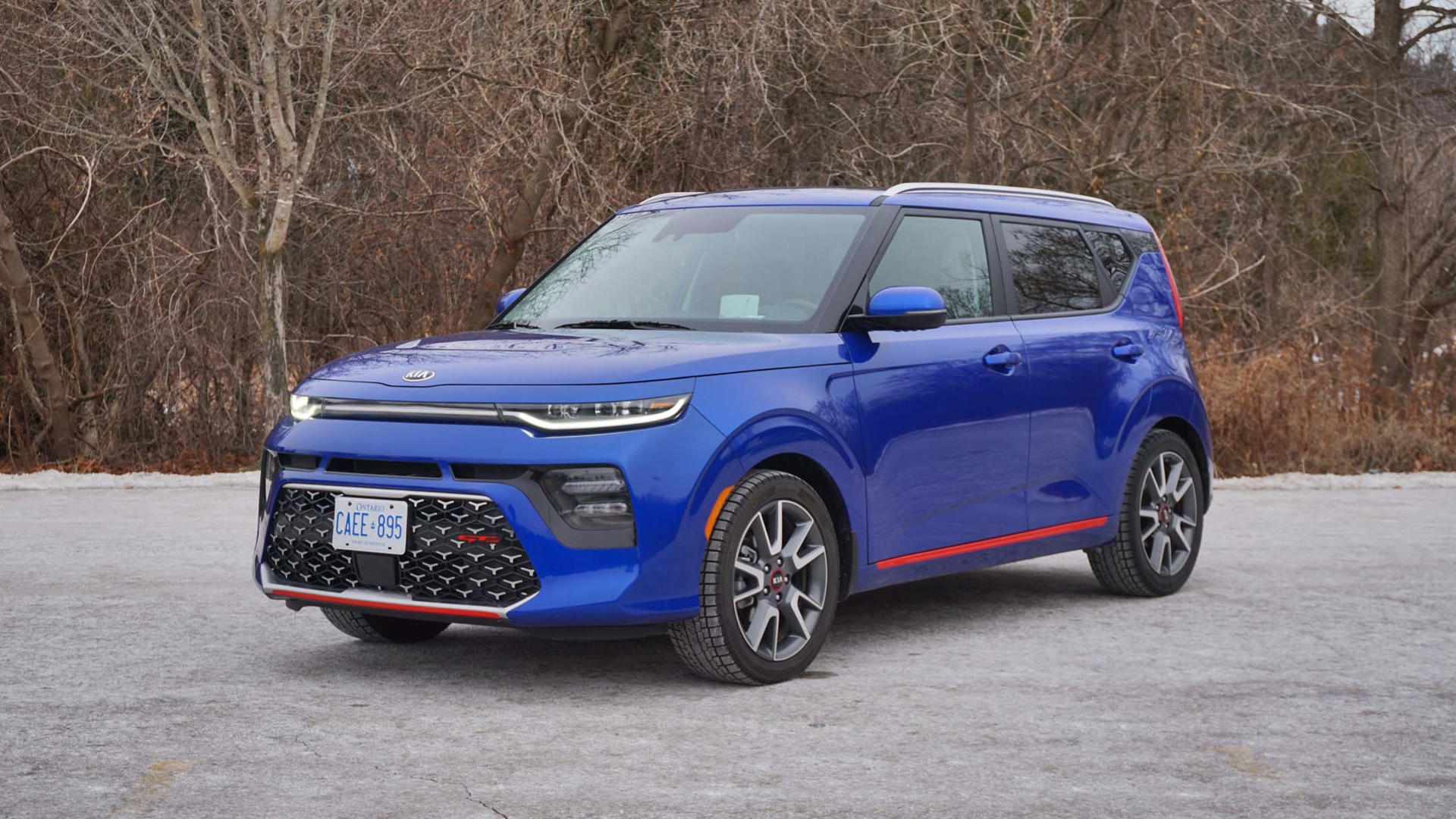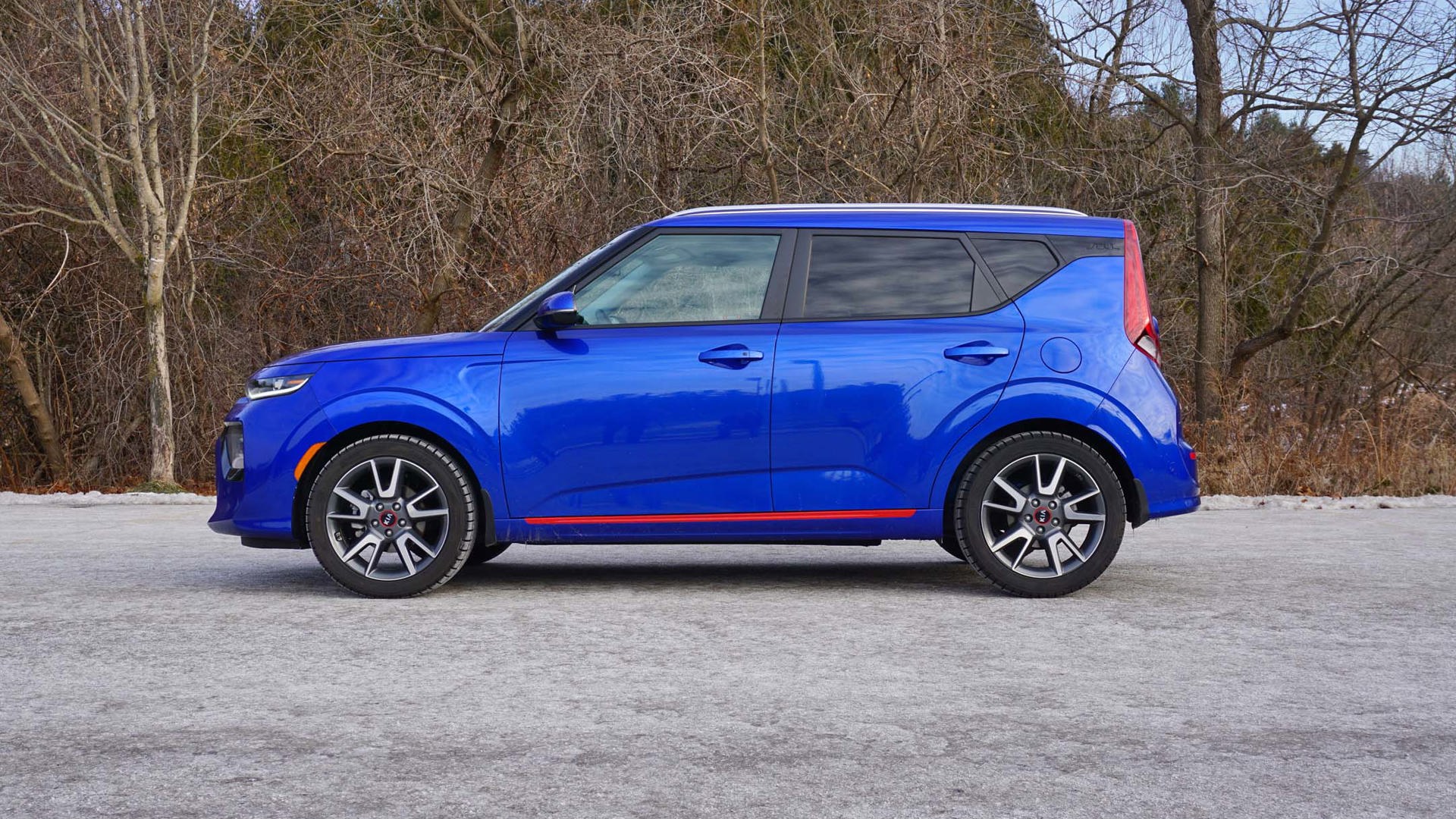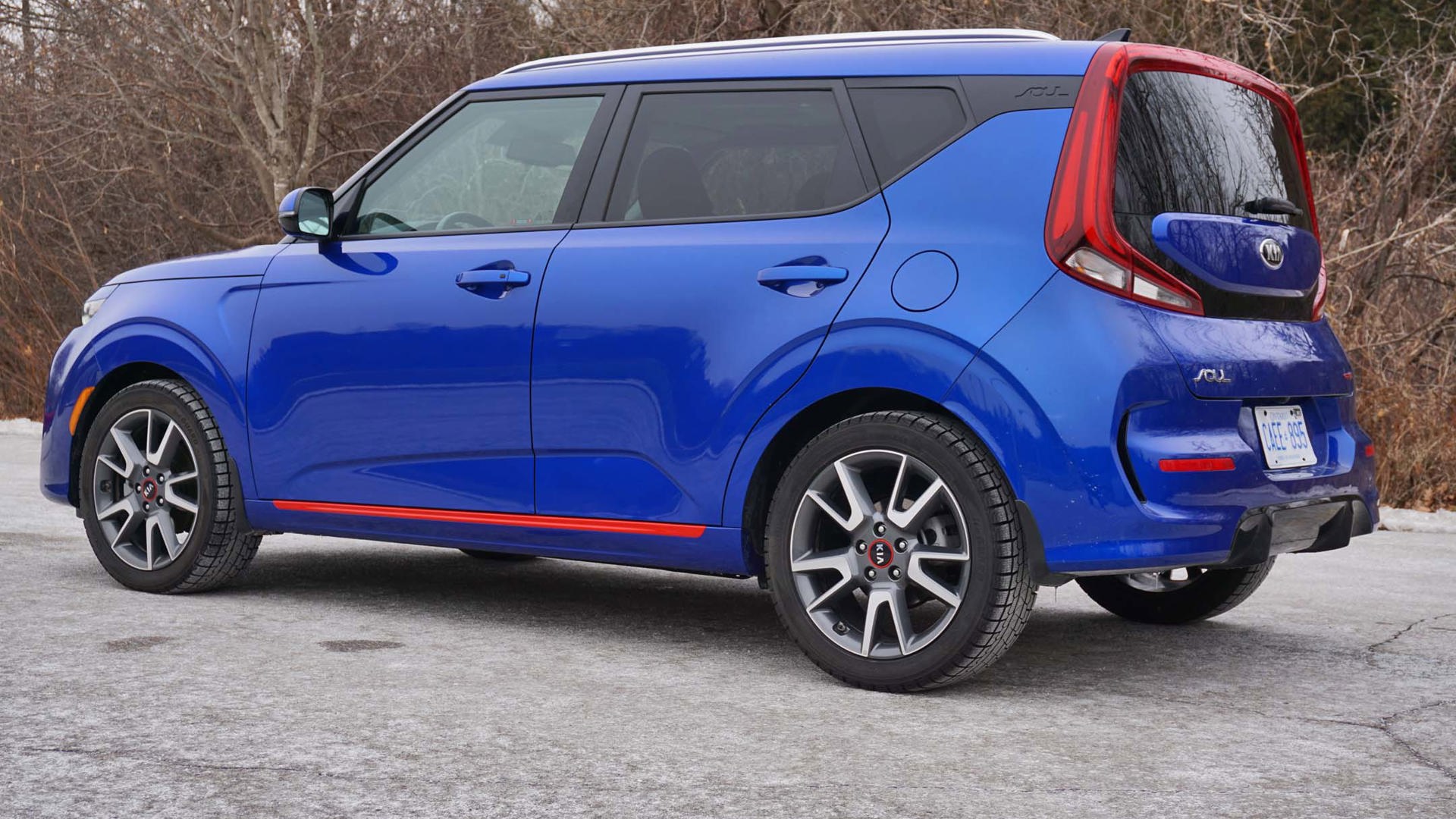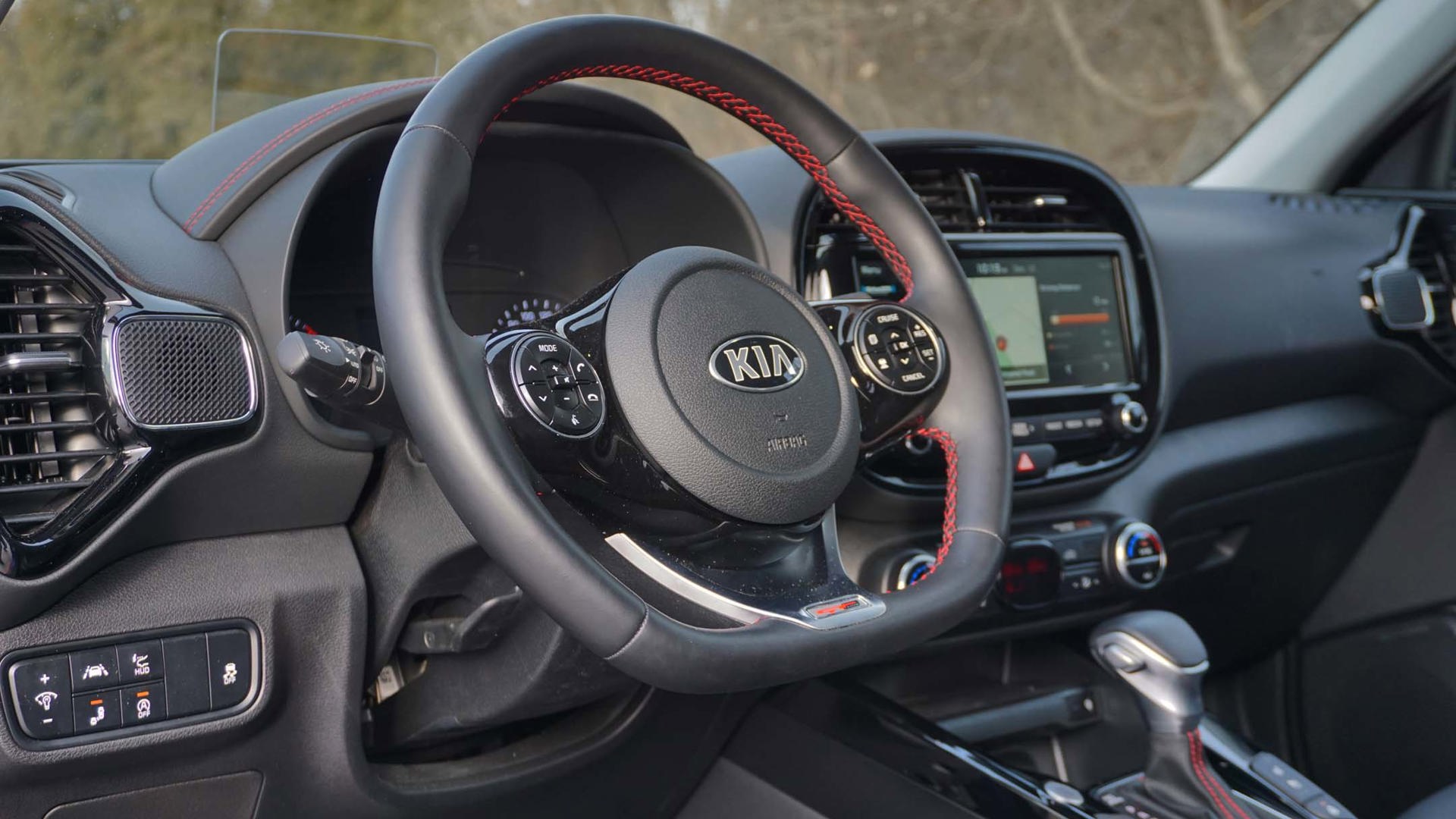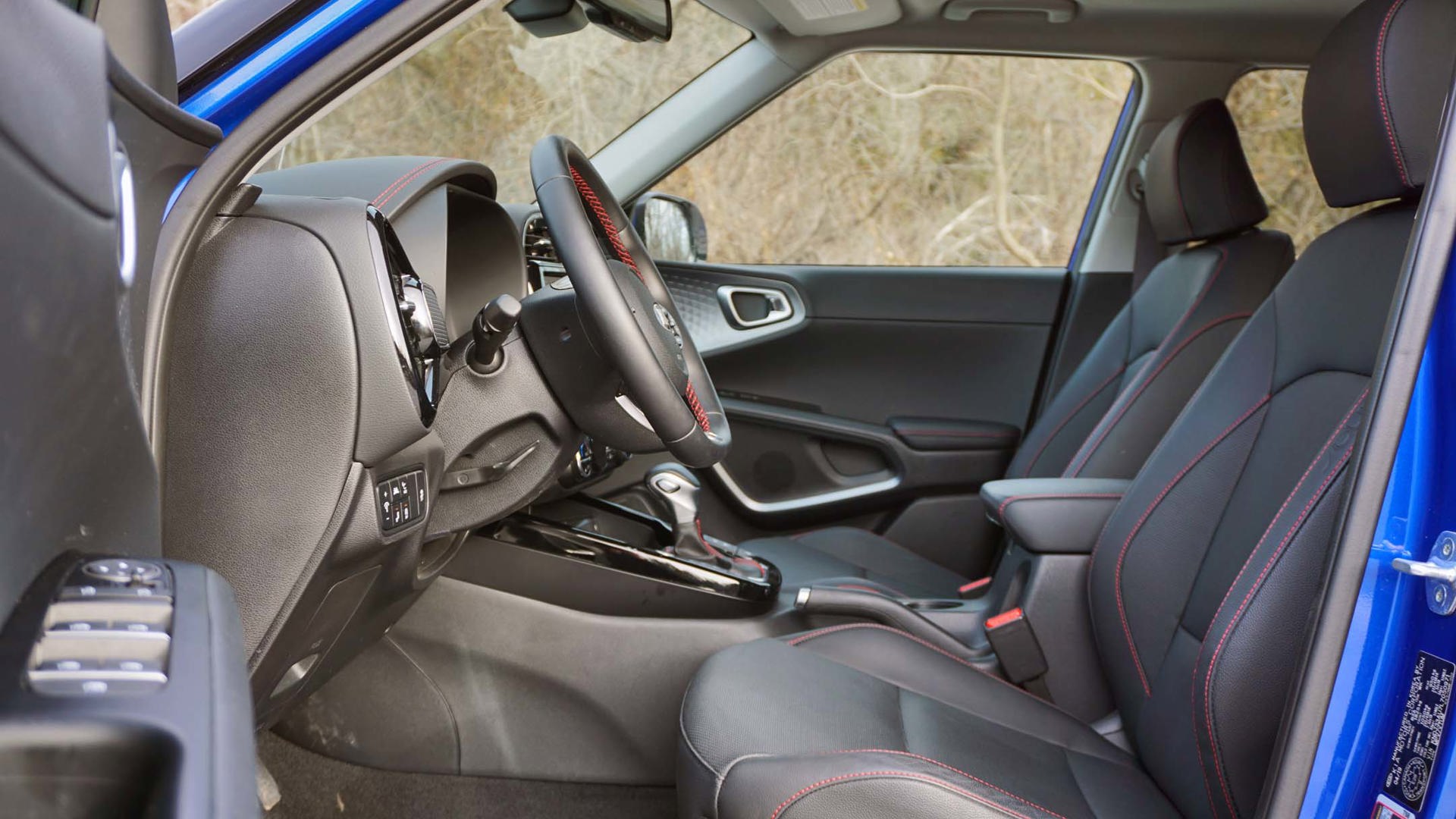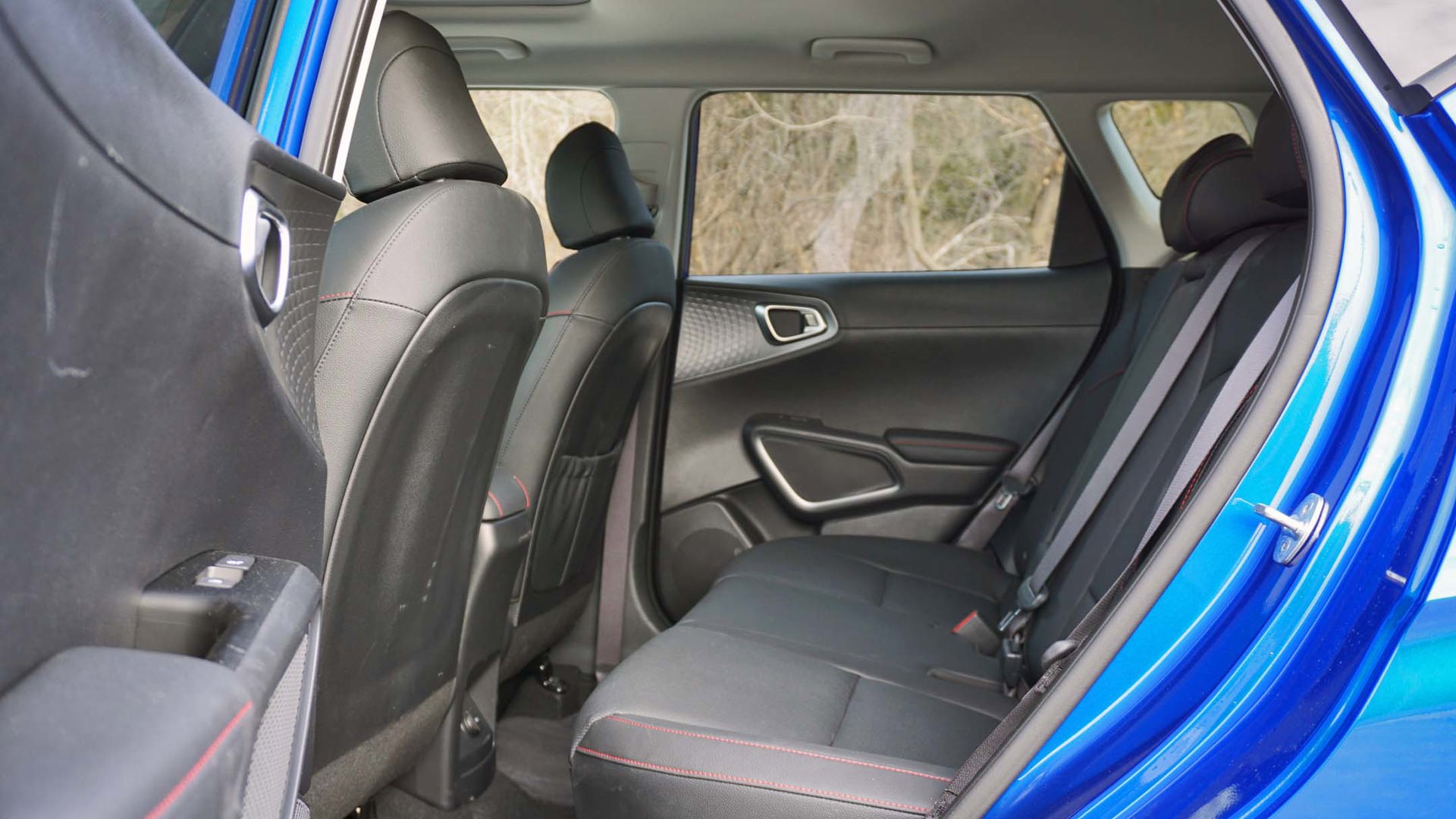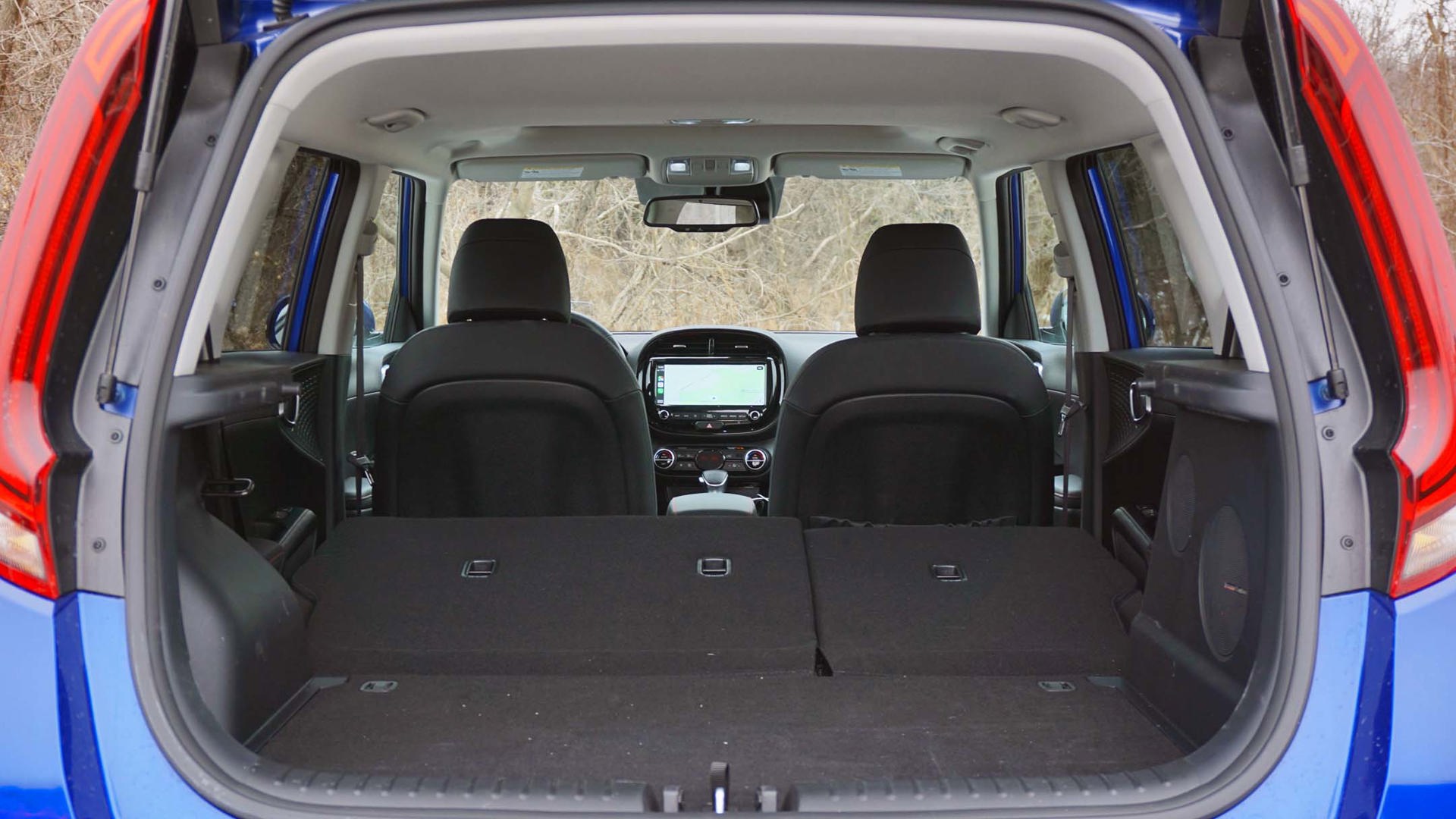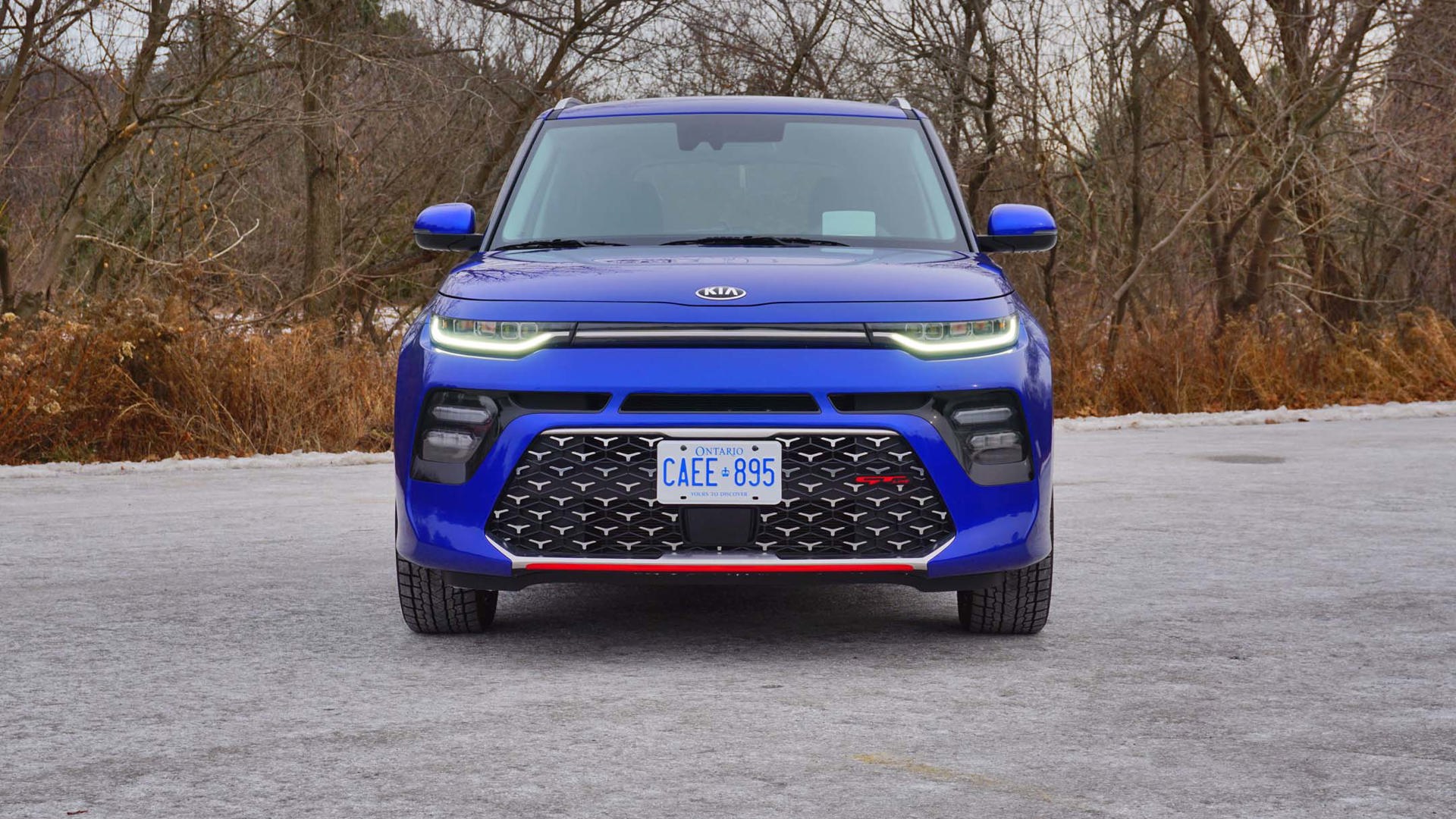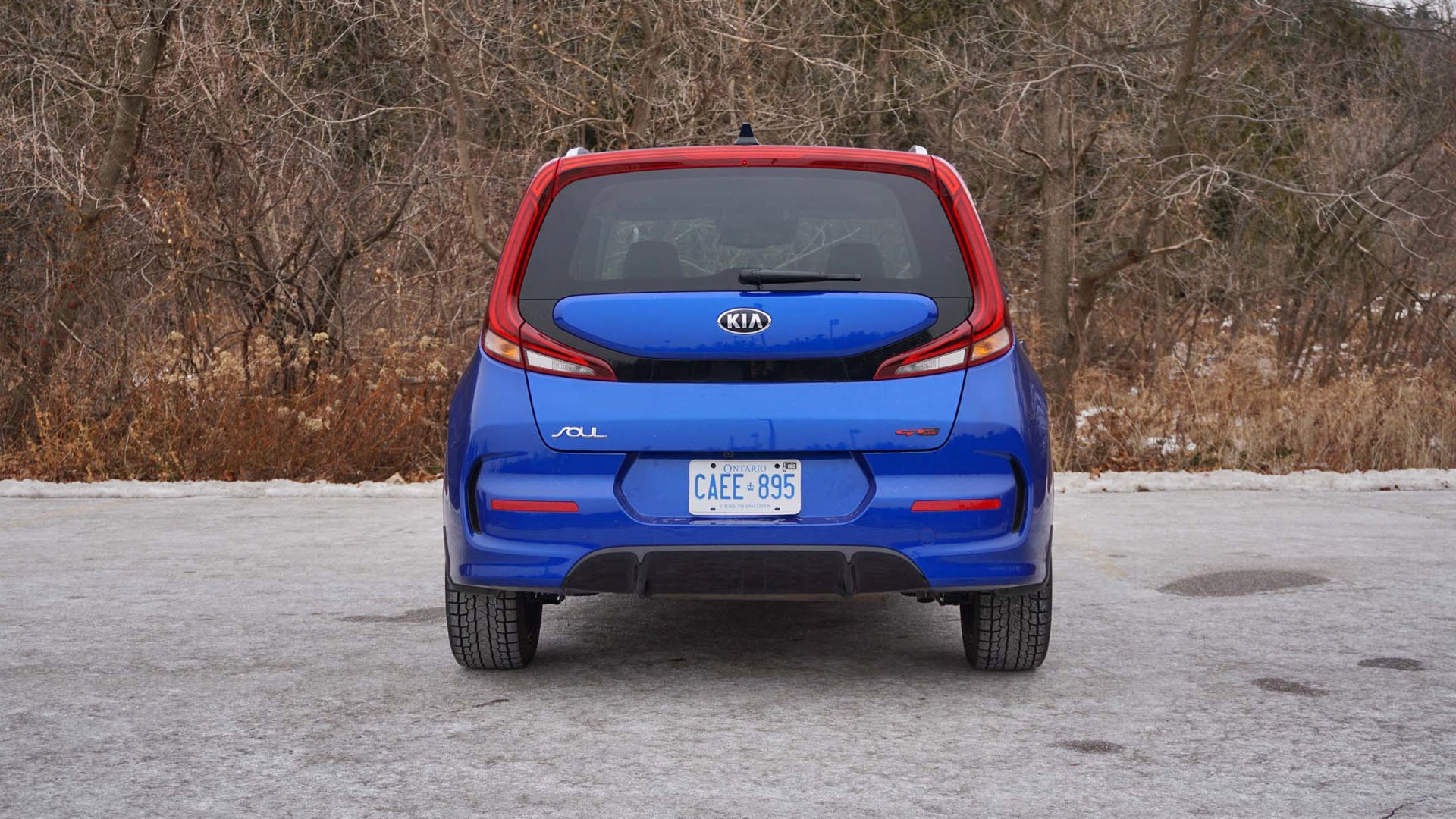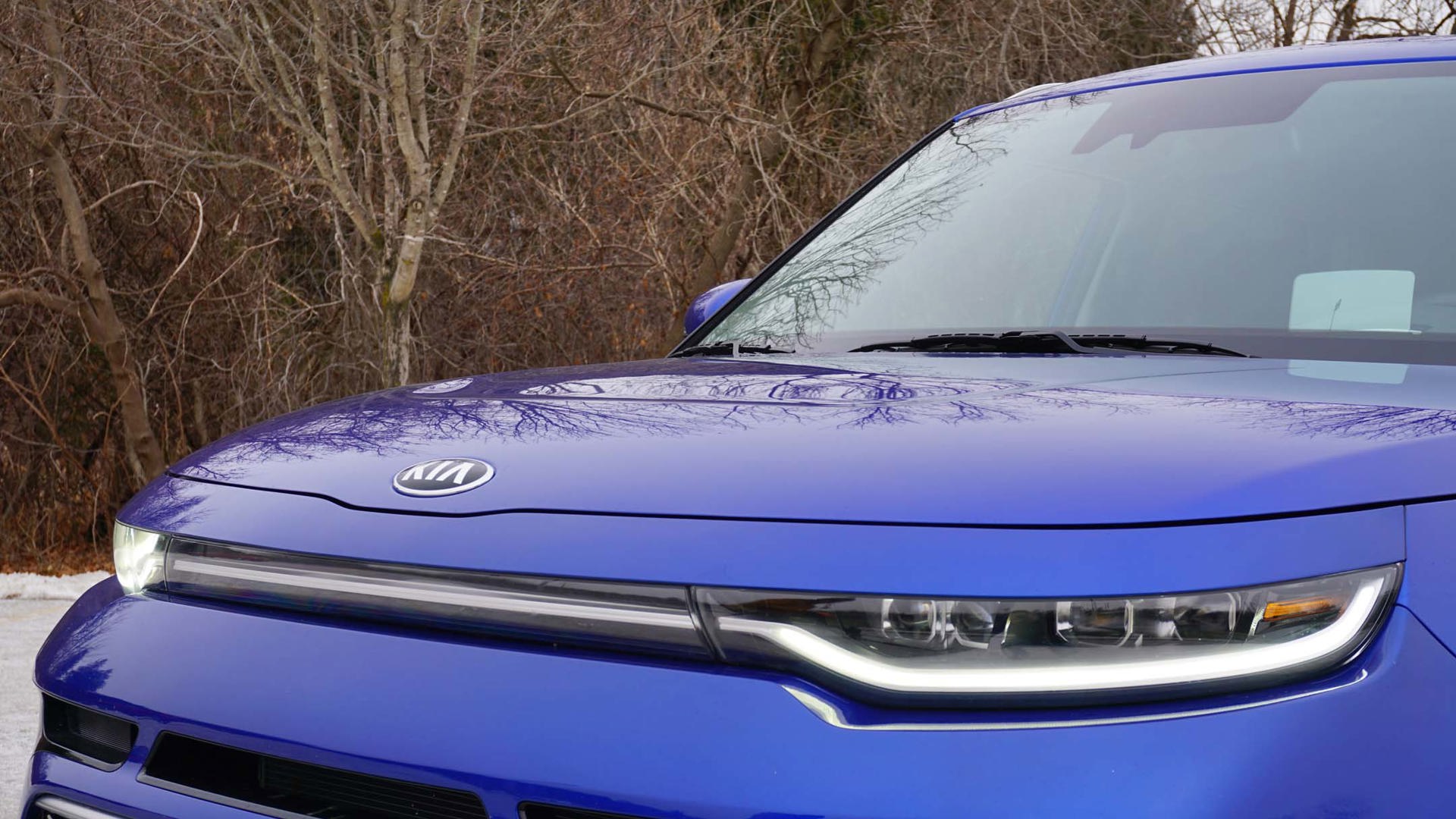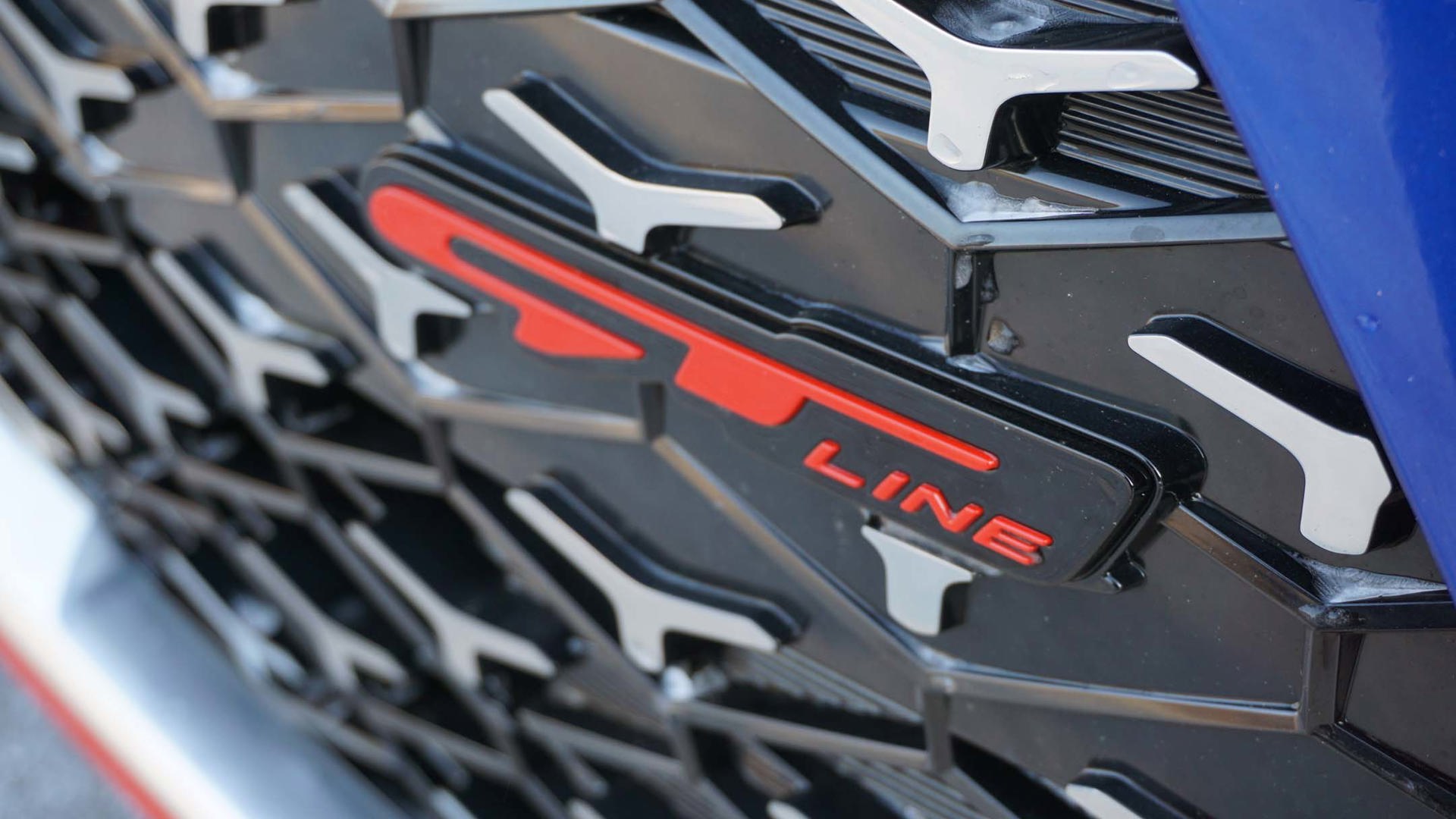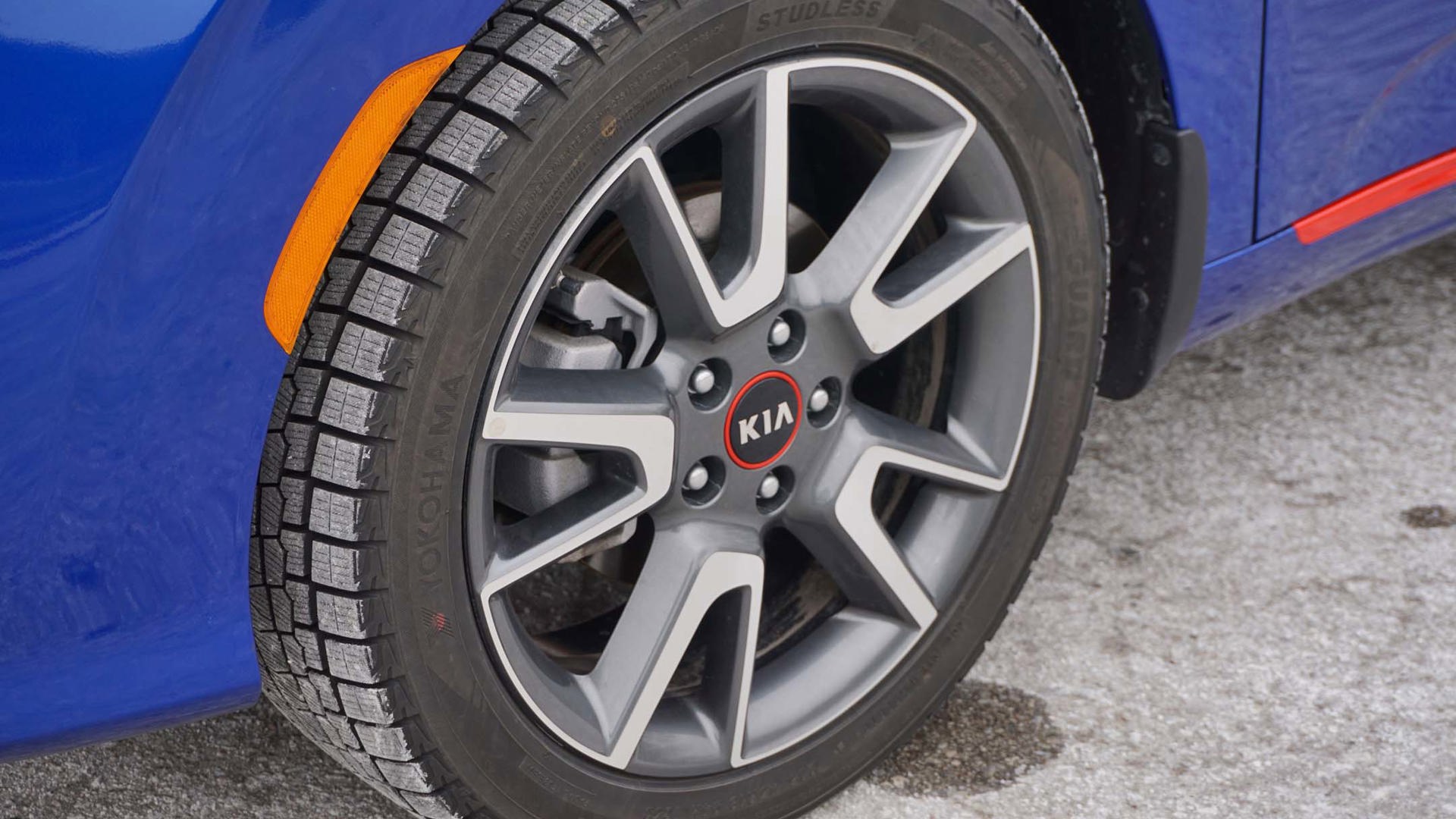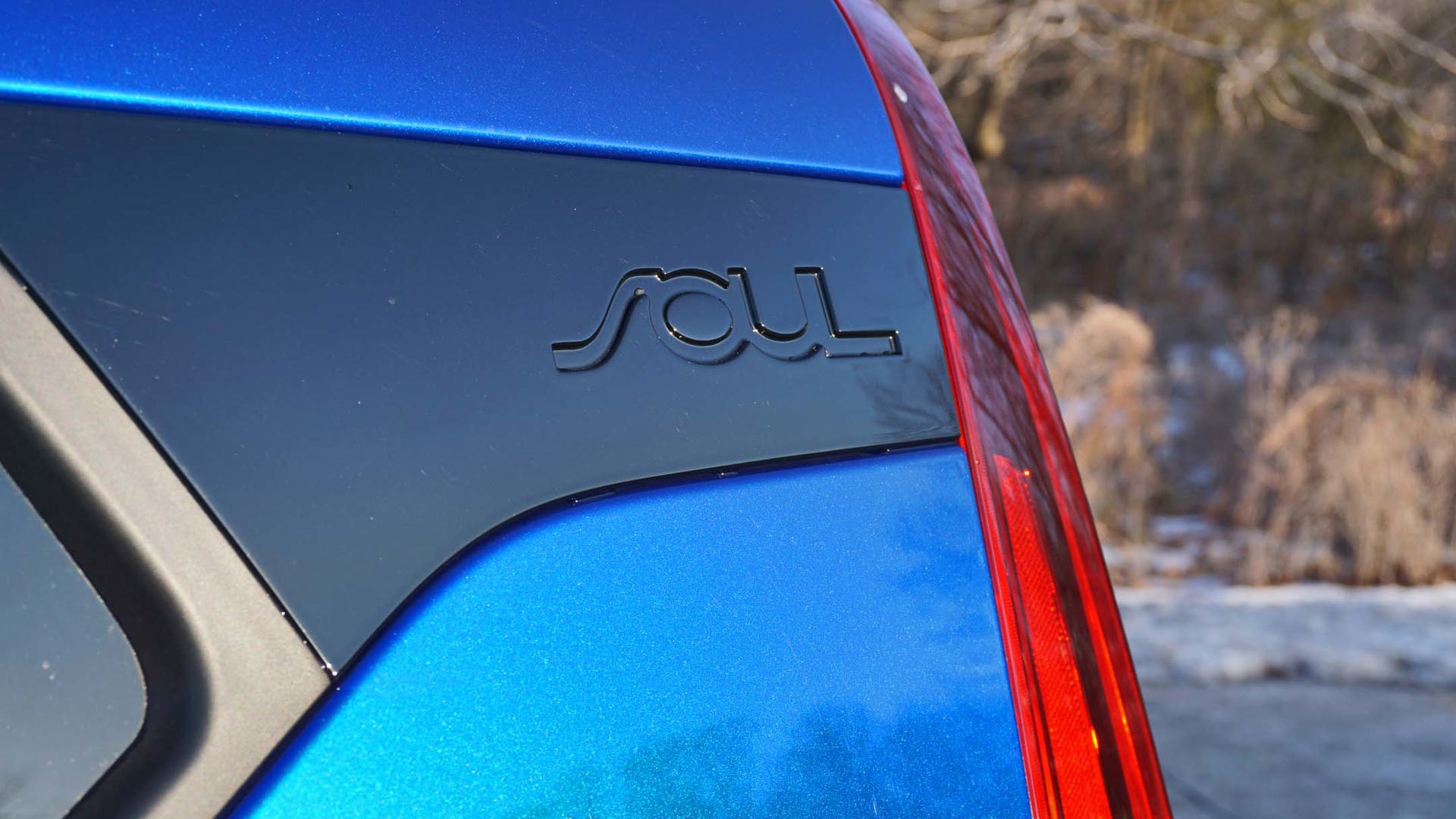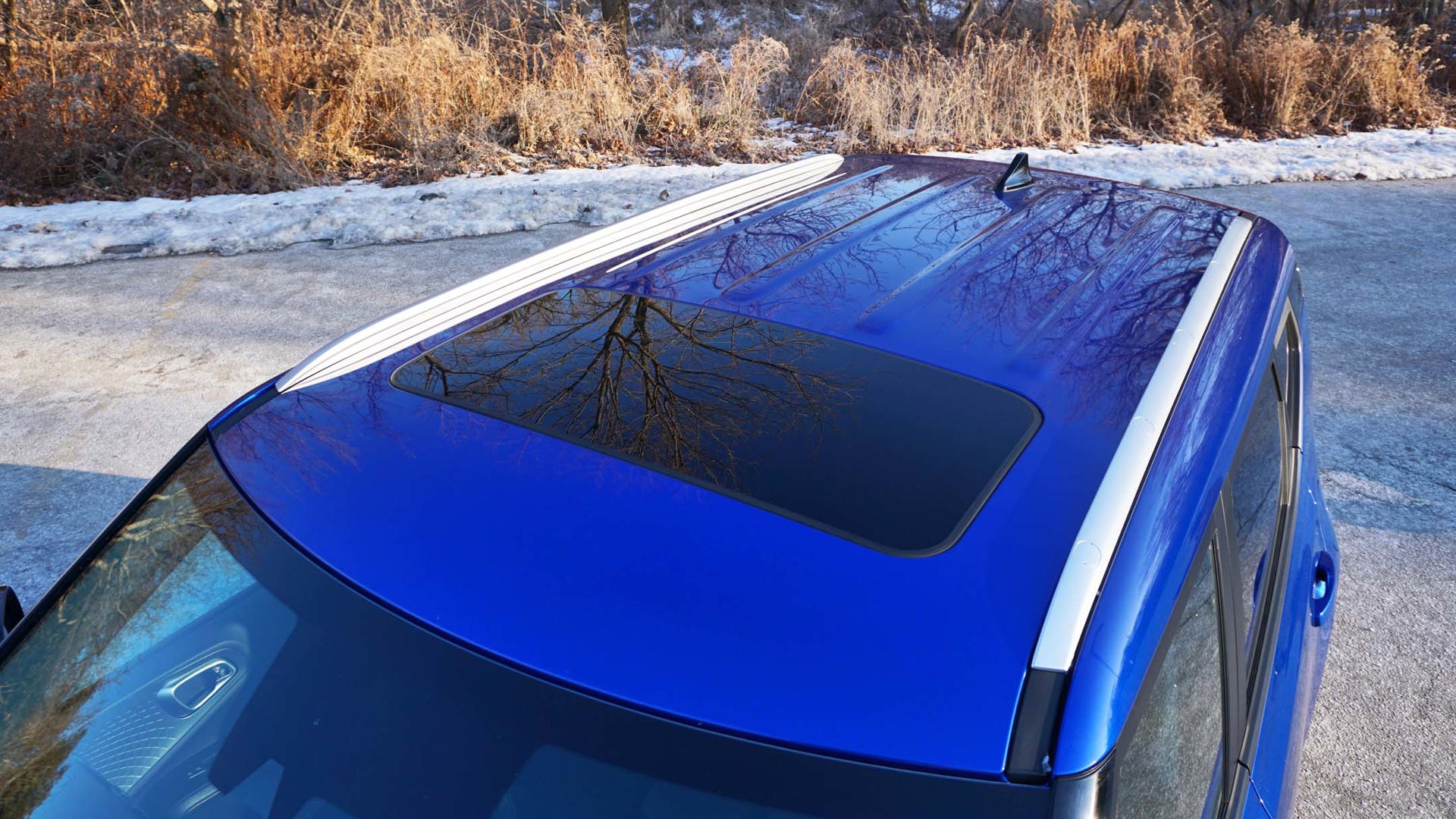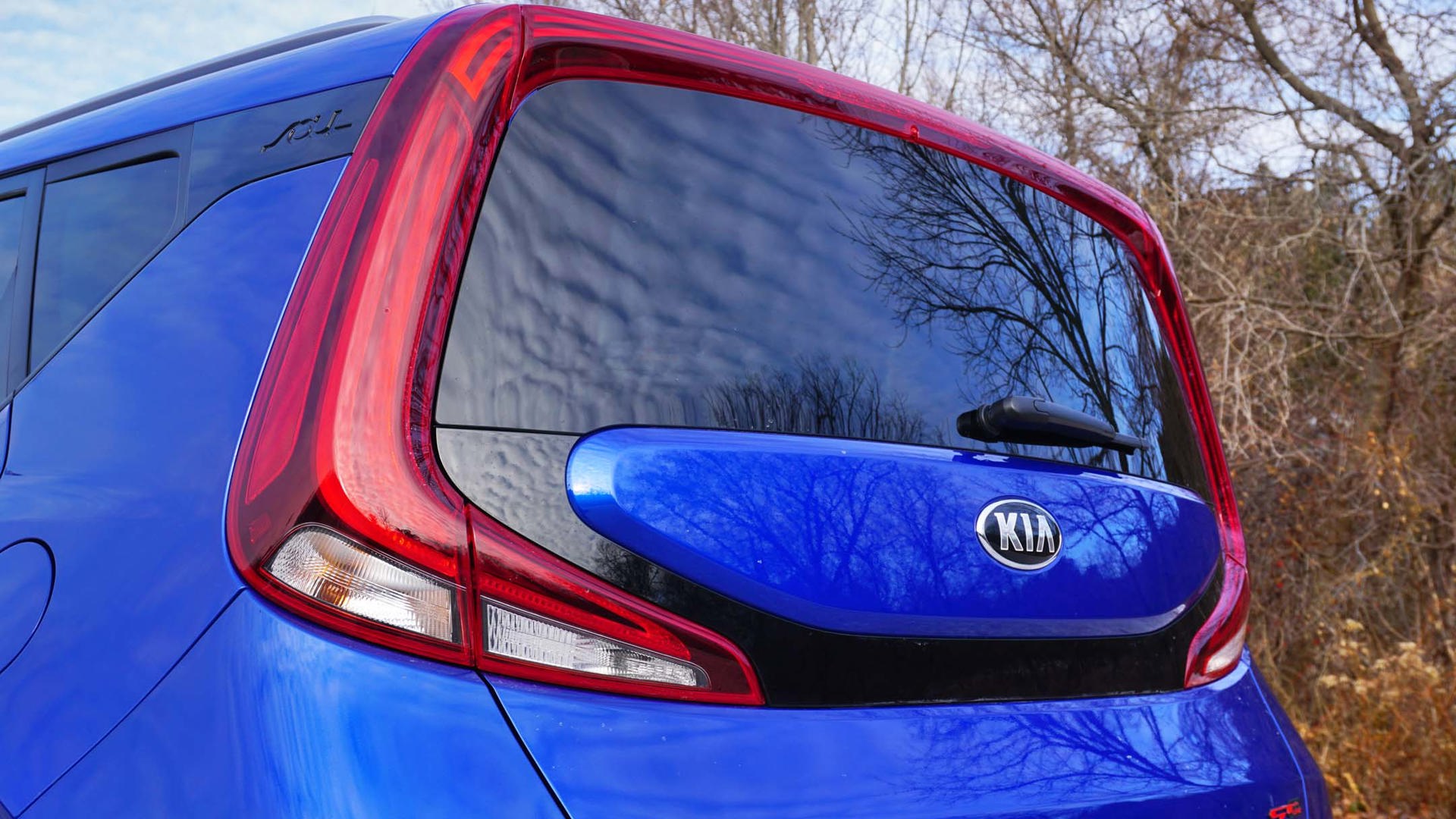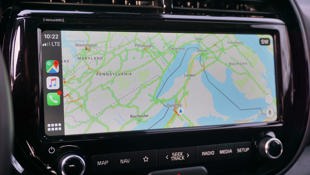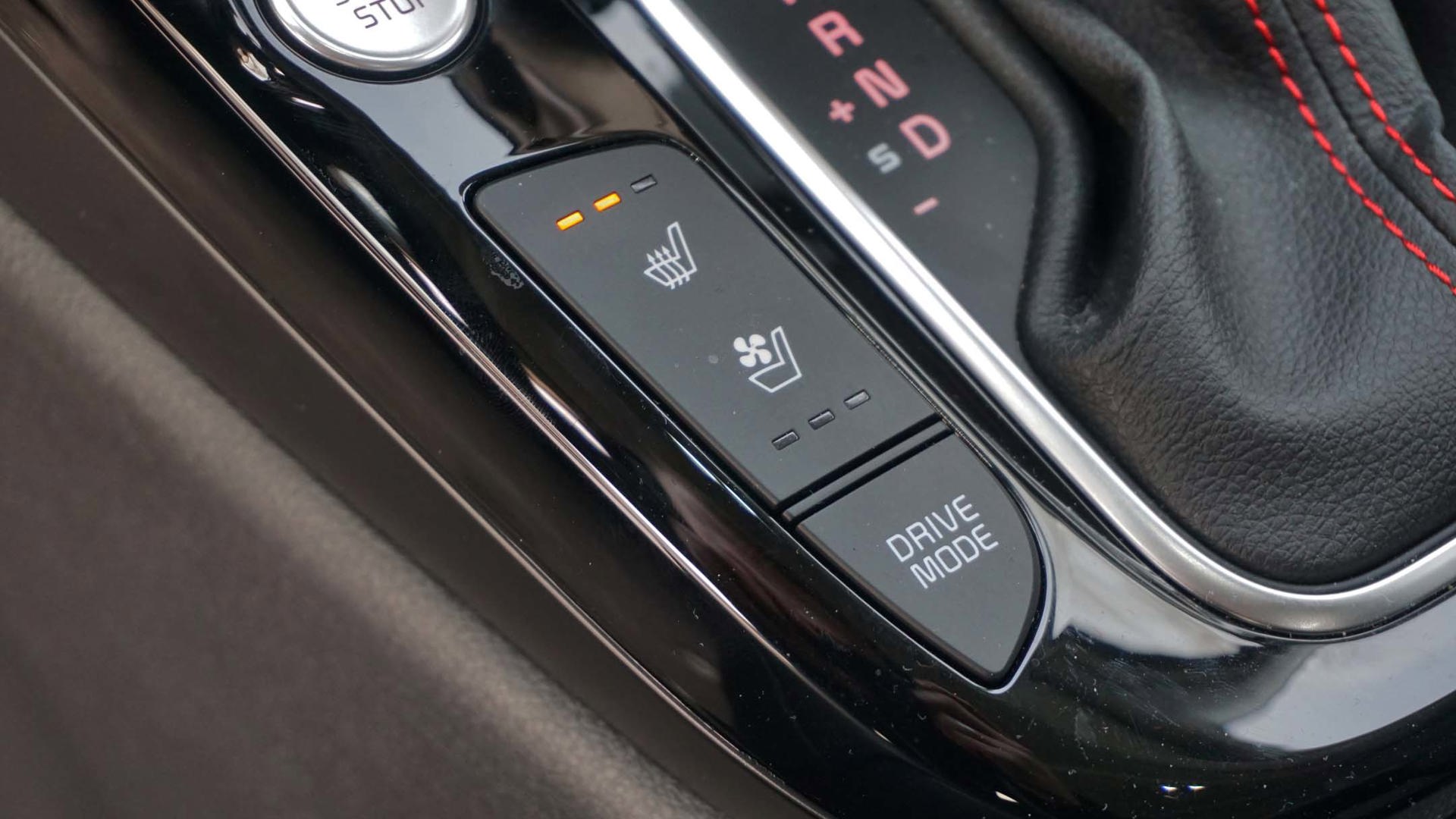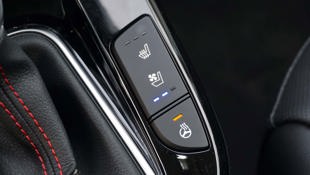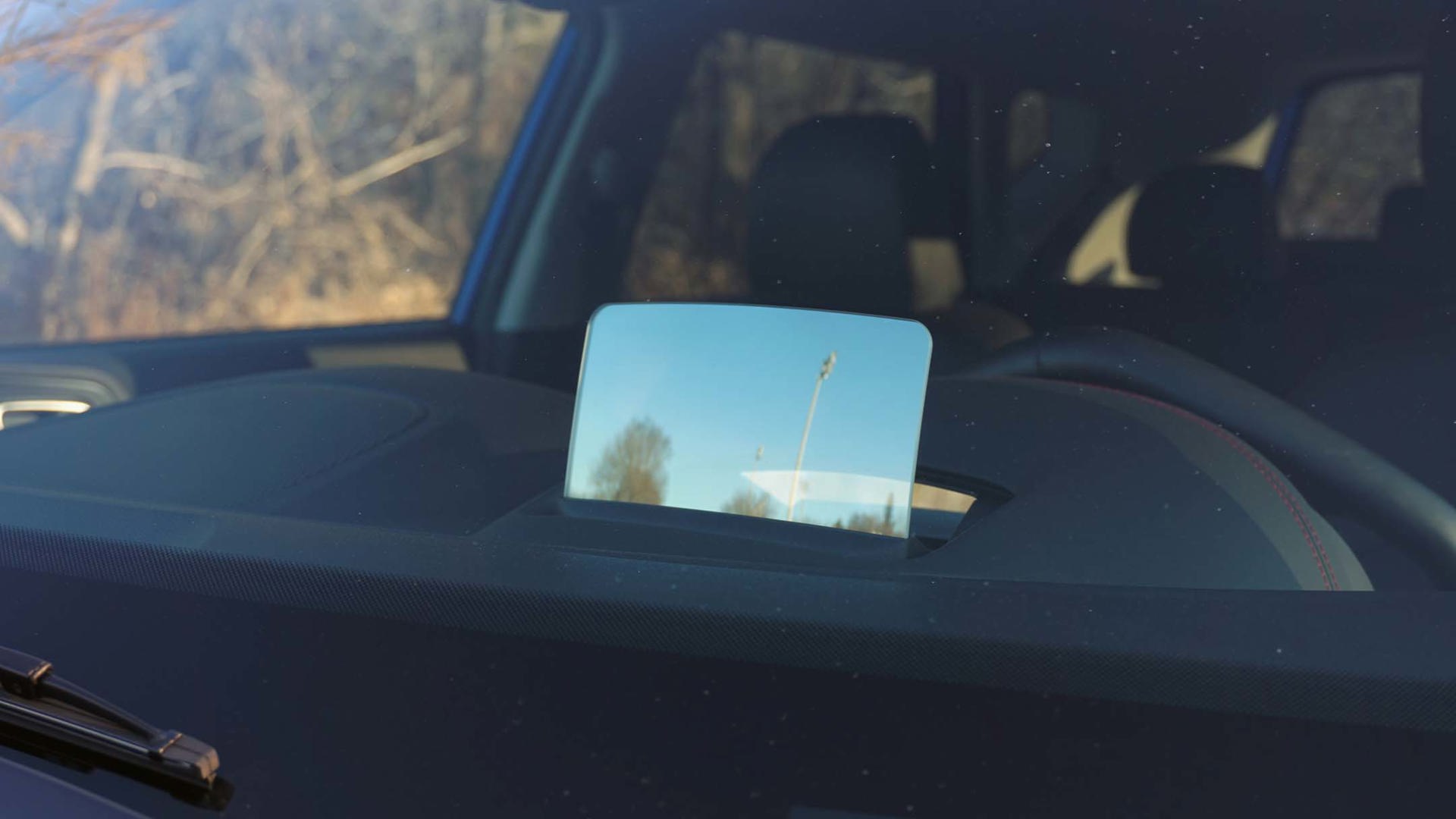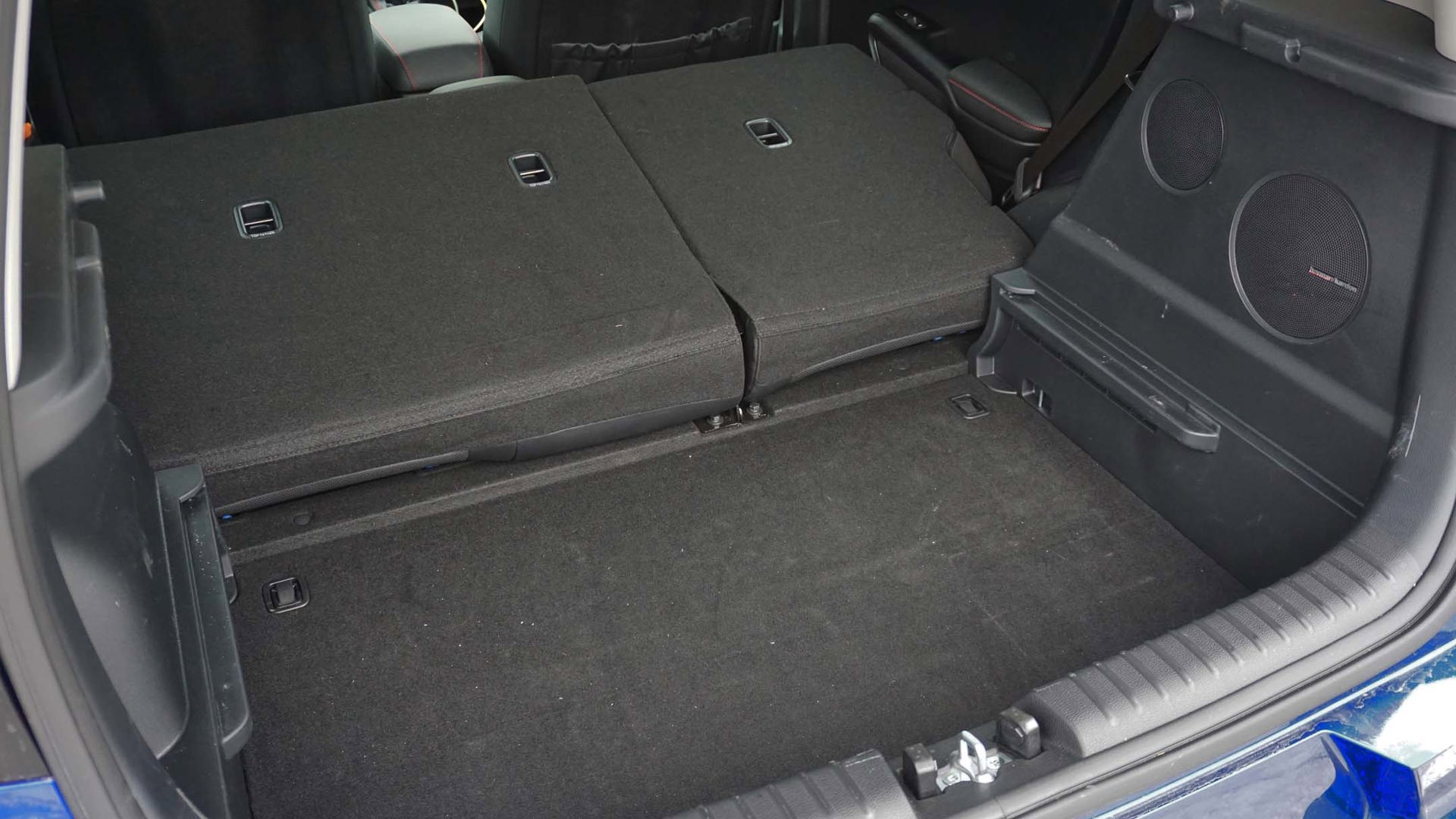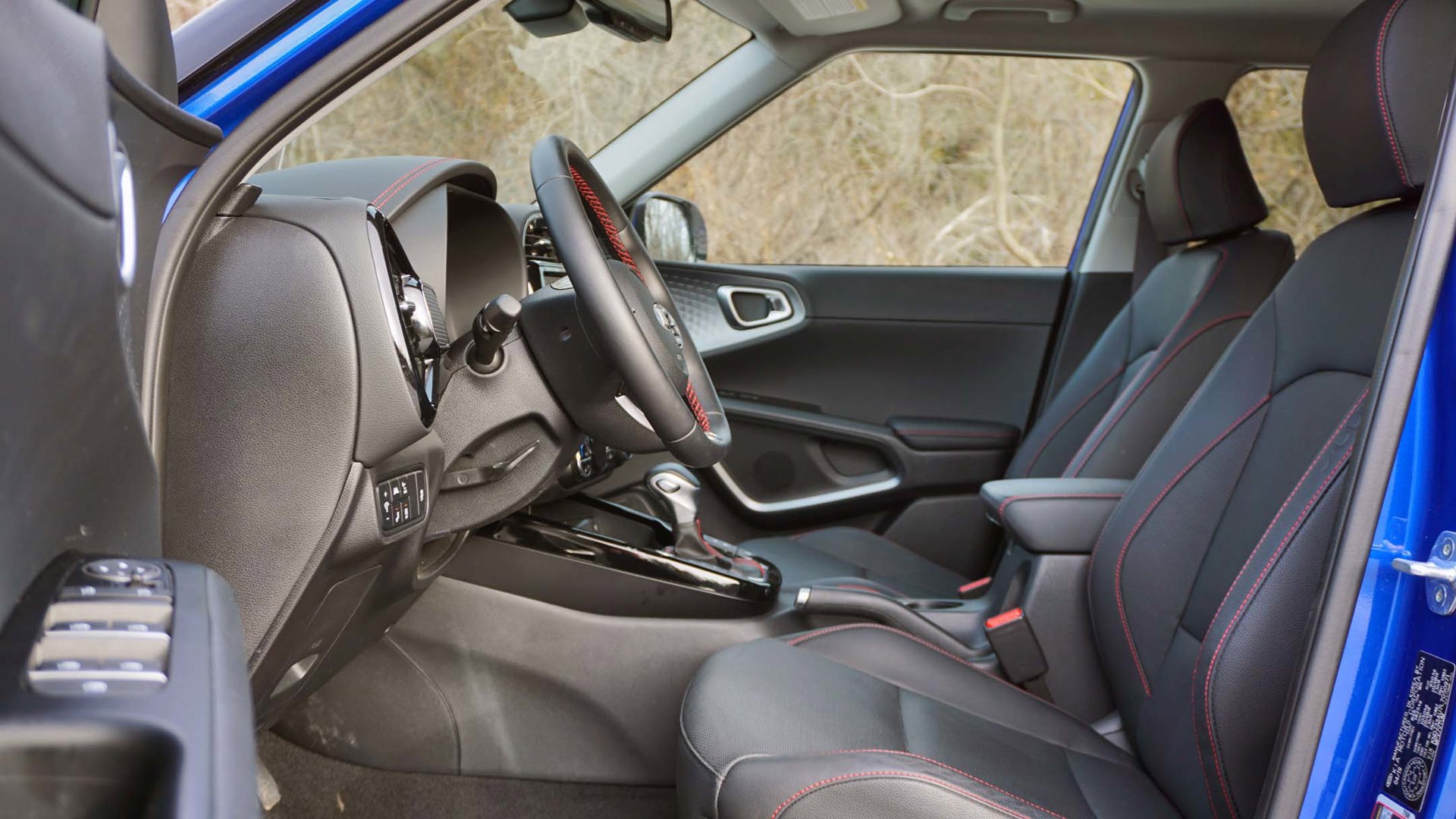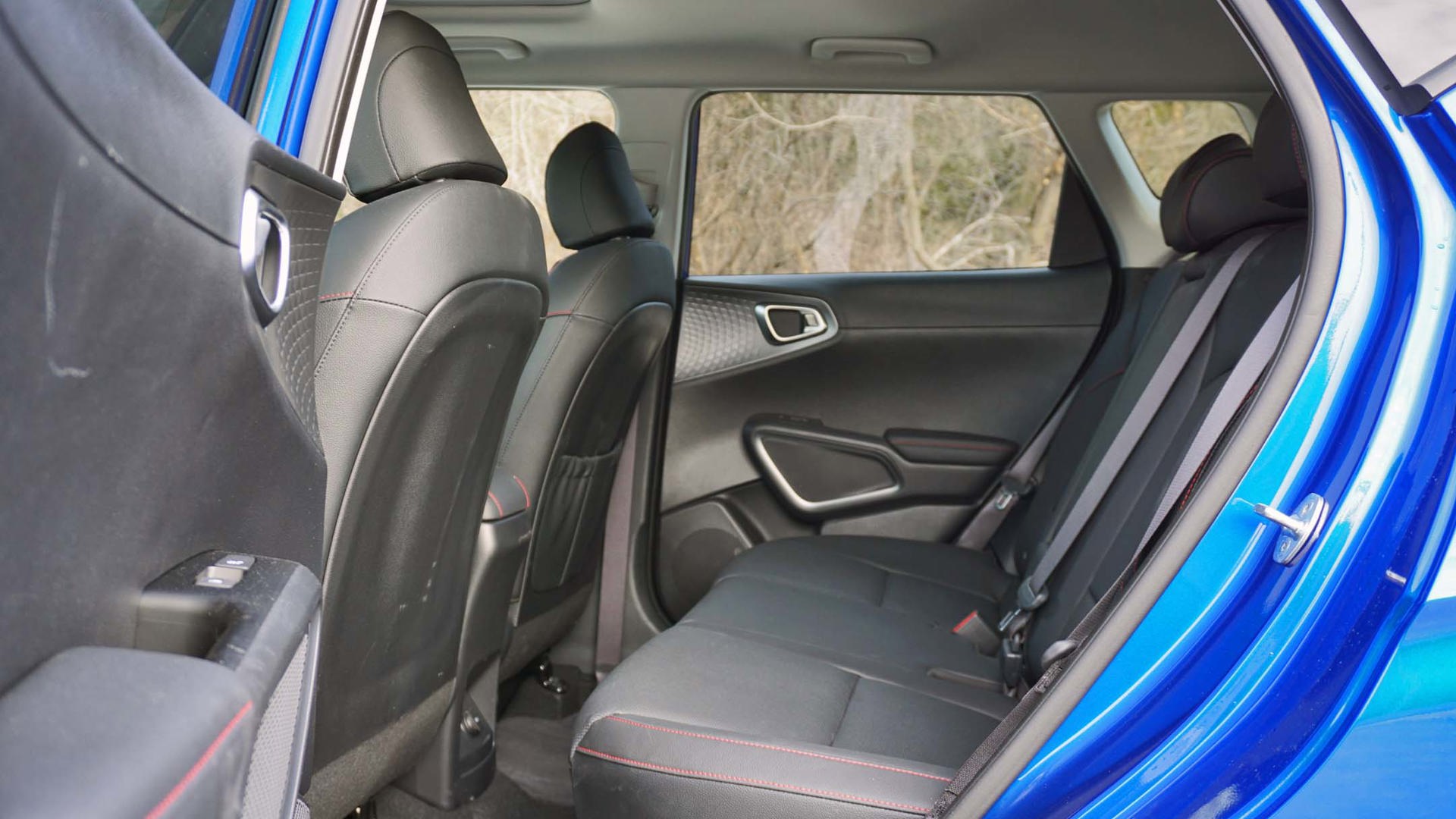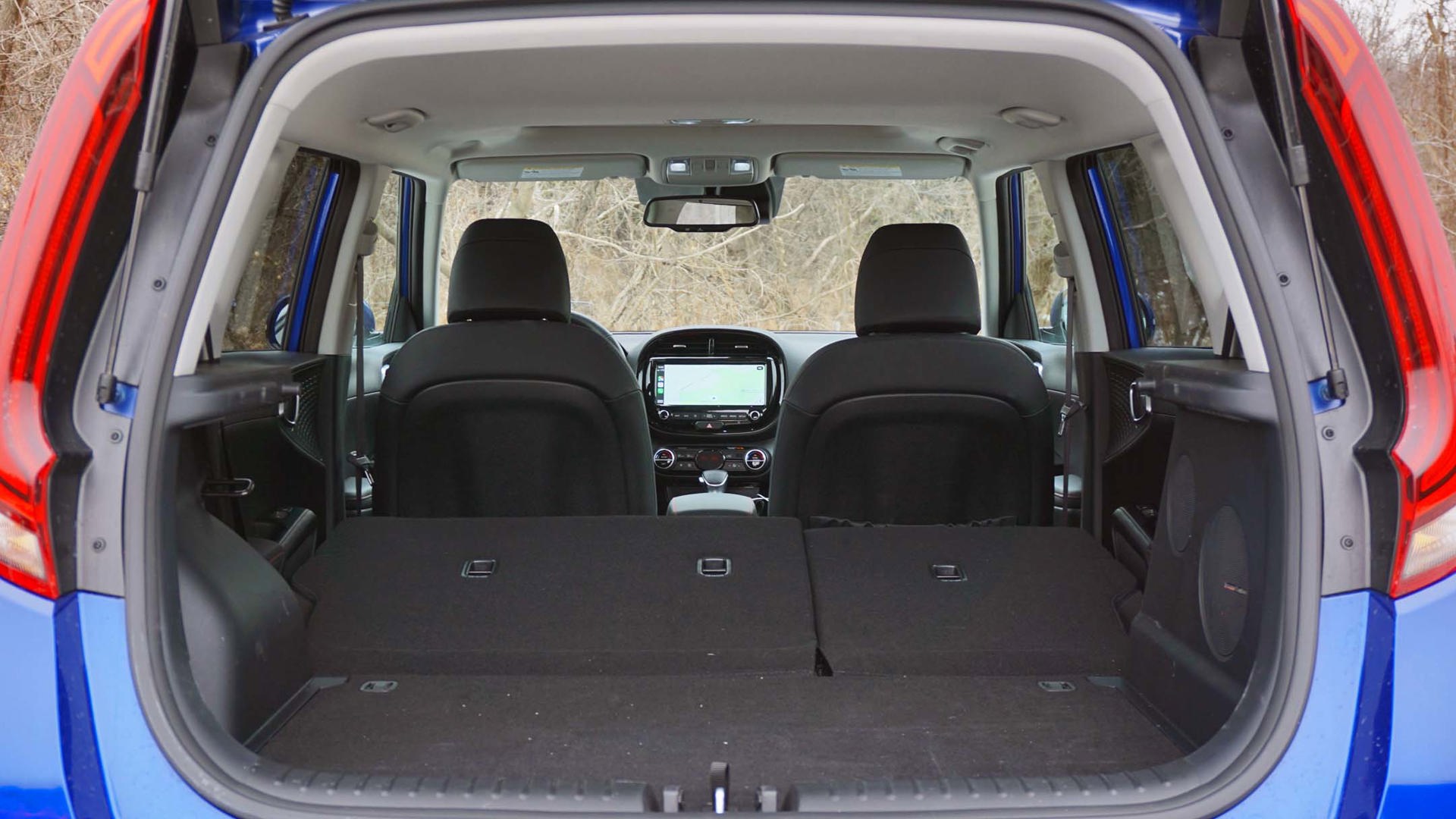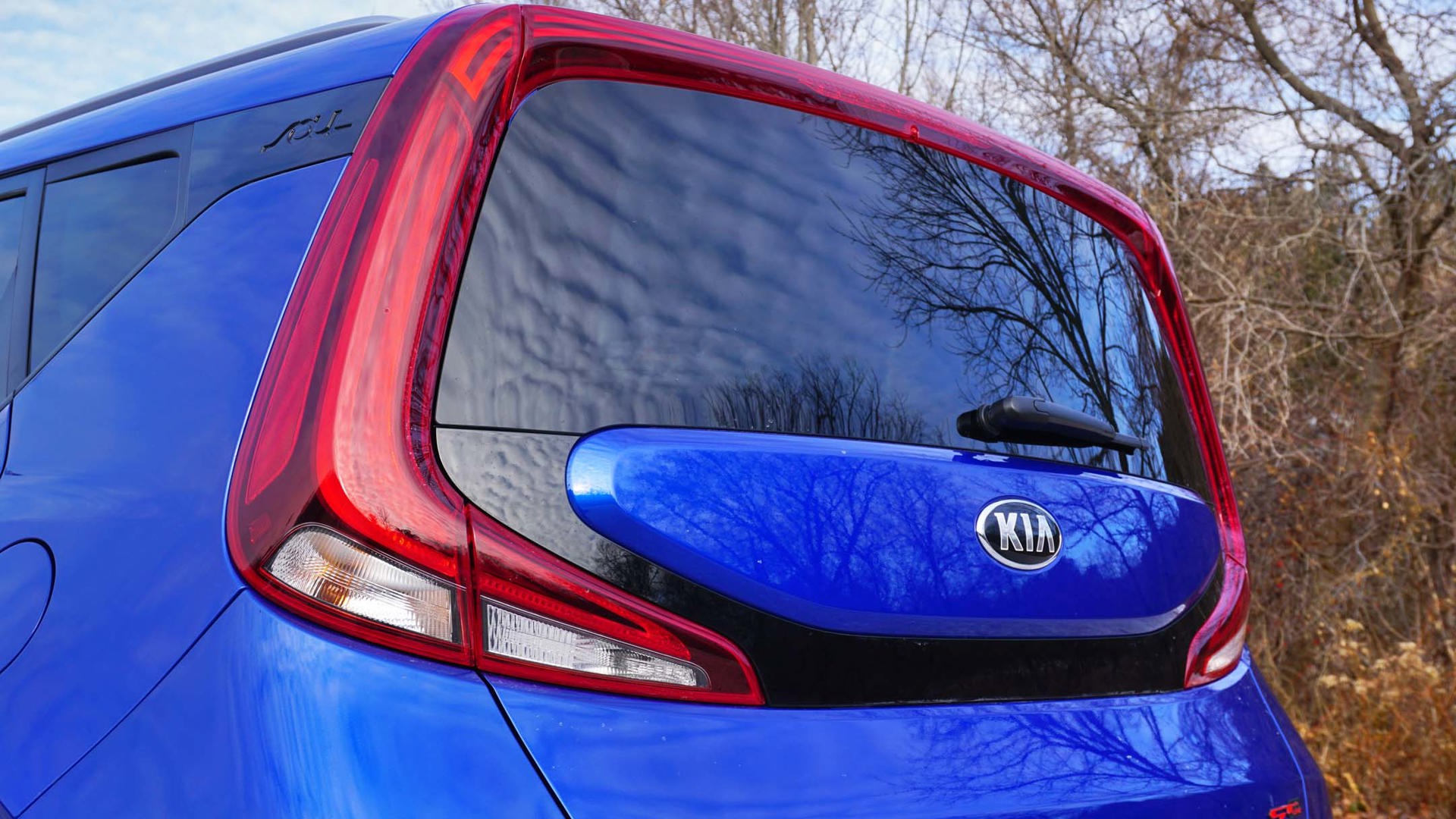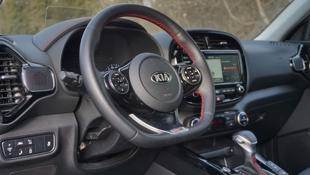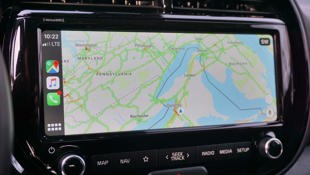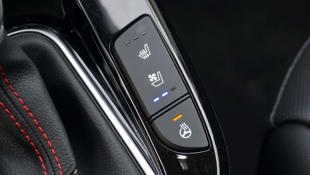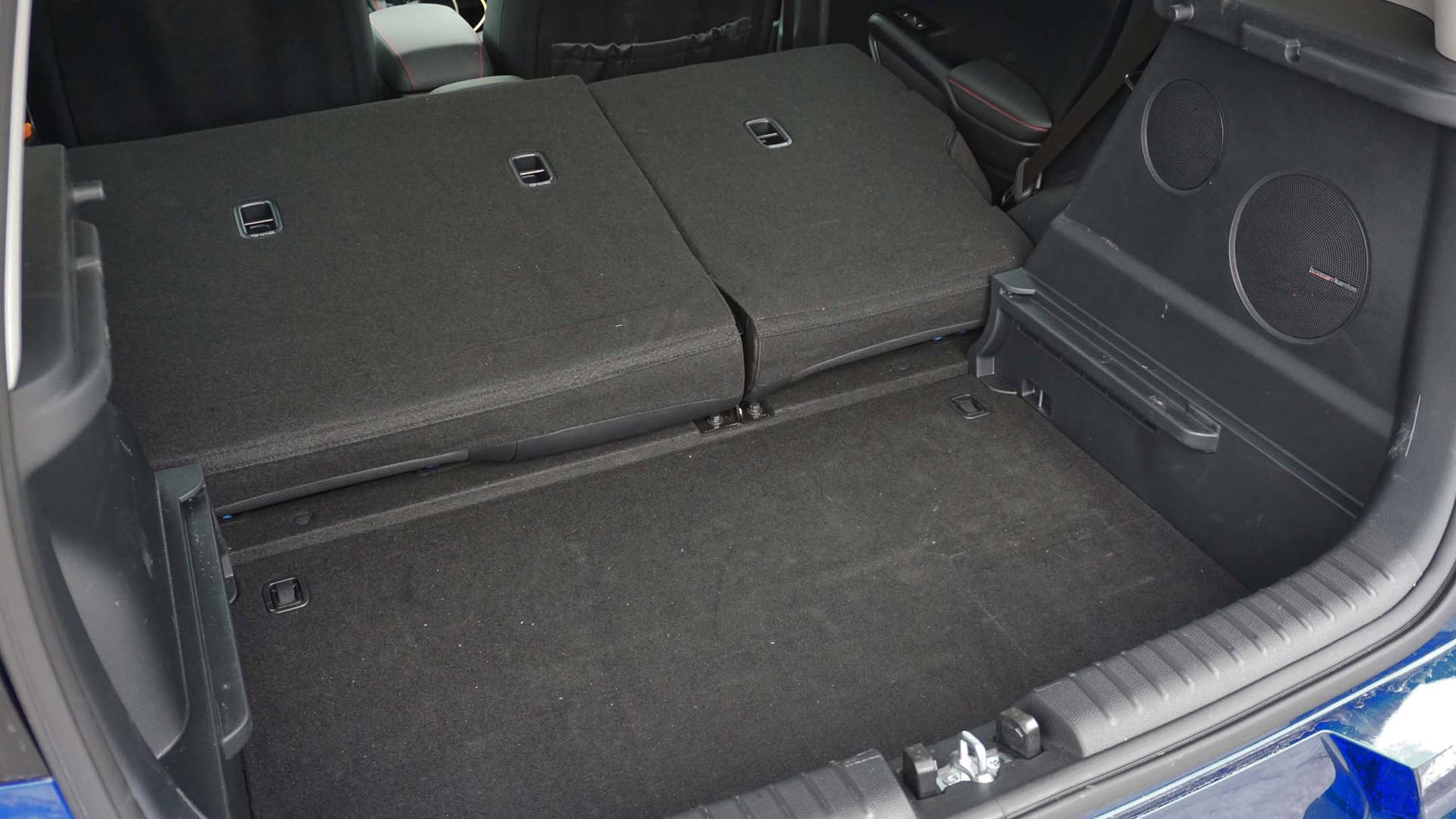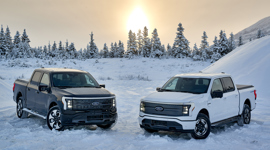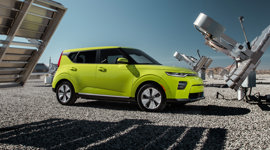So you’re shopping for a new vehicle and have found yourself leaning towards a crossover because you want some extra space, as well as an added sense of safety and comfort.
Given how popular SUVs have become in recent years, you’d hardly be blamed for putting something like the Hyundai Kona at the top of your shopping list. However, there are some intriguing alternatives on the market, and the 2020 Kia Soul just might be the best of the bunch.
Beyond Kia’s rise up the ranks in terms of quality – for the second year in a row, the brand ranked second in J.D. Power’s Initial Quality Study (IQS) south of the border – the Soul has for the past dozen years delivered plenty of reasons why it’s worthy of consideration over a comparable crossover. In no particular order, here are autoTRADER.ca’s five favourite reasons the Kia Soul is the better way to spend your money.
True to its Roots
Unlike so many crossovers that attempt to be something they’re not – rugged, roomy, or both – the Soul is exactly as advertised: Unique. It’s also something of a survivor, the last of a small bastion of boxy compact cars that have come and gone before it. The Scion xB and Nissan Cube come to mind: two cars that, despite their best efforts, were unable to capture the cult-like following the Soul enjoys.
So what is it about this quirky compact that attracts so many shoppers? Well for starters, it stands out – and that’s a characteristic Kia wisely kept intact with this redesigned version while also giving it a new sense of maturity. Park this third-generation model next to either of the two before it and it’s clear that this is the same Soul as before, just modernized. While previous models could be accused of coming across as cartoony, this new-for-2020 version has graciously grown up.
The look is best described as evolutionary rather than revolutionary, with Kia massaging the same box-like shape as before with updated design elements that border on the bold. Start with the headlights that give it something of a dozy disposition – almost comically so. Whether the look ages gracefully remains to be seen, but it’s certainly unique.
Moving beyond the sleepy eyes, strong body lines and uniquely sculpted rear lights make the new Soul look far more mature than previous versions, and it’s the same story inside. While it’s chock-full of the cheap plastics that have plagued Kia and sister company Hyundai for years, the cabin has a refined look and functionality that’s accented by a nice mix of materials.
There’s perhaps a bit too much gloss black plastic in the GT-Line models – fingerprint magnets like no other – but the cabin is a cleanly designed one while remaining unmistakably different. The crowning jewel is the available 10.25-inch touchscreen that sits atop the dash, with its horizontal configuration providing a massive map view.
Great Greenhouse
More than just making it almost instantly recognizable, the Soul’s signature silhouette is highly functional. Compared to hunkered-down crossovers that are after a more streamlined look, the Soul’s boxy design is the definition of form and function coming together. Compare this to a crossover of the same size, and the height advantage from the beltline up is obvious, the big windows lending themselves to an excellent view of what’s going on around the car.
Outward visibility is outstanding, the Subaru Forester–like shape leading to almost no natural blind spots – and certainly none that can’t be countered with good mirror positioning. The view from the driver’s seat is immensely important to the road safety equation, and it’s an area the Soul easily outdoes its adversaries.
While most crossovers of this size have tapered rooflines and tiny rear windows, the enormous and upright windows carry around back so there’s no missing what’s happening behind the car. While the D-pillars – the rear corners of the vehicle – are quite chunky, they do nothing to take away from the Soul’s visibility.
Huge on Headroom
The Soul’s height is also advantageous when it comes to accommodating people and their stuff. Parked next to a Kona or some other similarly sized CUV, its edge in stature is evident. While offering the same 170 mm ground clearance as the Kona, the Soul stands a full 50 mm taller than its Hyundai-badged sibling, and that translates directly to interior roominess.
At 1,600 mm from tarmac to top, the Soul’s height brings with it an extra 8 mm of headroom in the front seats and a whopping 42 mm more in the back. That additional interior height makes a world of difference when accommodating adults, and it’s matched with outstanding legroom for the segment.
With 985 mm of space behind the front seats compared to 880 mm in the Kona, the confines of the Soul’s cabin are far friendlier both on paper and in person, the rear quarters capable of transporting tall adults with ease. With the driver’s seat positioned to accommodate my 6'3" frame, I am able to comfortably sit in the back with legroom to spare. Better still, the back doors open almost a full 90 degrees, which any parent will appreciate when loading kids and car seats.
Offering taller interior dimensions than a comparable crossover means the Soul can also pack away more cargo. The standard 530 L behind the hatch isn’t all that impressive, but the cargo floor can be lowered to increase the space by about 25 percent – jumping to 663 L. Like the passenger doors, the rear hatch has a wide opening that makes it an immensely usable space, swallowing larger items with ease.
Folding the rear seats yields 1,752 L of cargo room, which is more than the larger Kia Sportage crossover. Making even more of the available space, the generous cabin height means taller items can be carried around standing upright rather than finding a way to stash them sideways. Few cabins are as usable and versatile as the Soul’s, and even fewer in its direct circle of competitors.
Car-Like Ride and Handling
Yes, crossovers and SUVs are becoming more car-like in the way they drive, but few ride like a car quite like the Soul. That’s mostly because, well, it is a car, but that doesn’t make it any less deserving of praise for the way it feels on the road.
Say what you will about Kia as a bargain brand, but there’s no denying the improvements that have been made to its cars and the way they drive, and the Soul is a prime example. Each generation has been vastly improved over the last, culminating in a car that’s comfortable, nimble, and agile, making it an ideal commuter.
Despite the decision to stick with a torsion-beam rear suspension – basically, a big hunk of steel that connects the rear wheels together – instead of something more compliant and comfortable like a multi-link setup, the Soul manages to make quick work of uneven surfaces without too much of it reverberating into the cabin. Only the roughest roads upset the Soul, and that’s more audible than anything else, with the jostling of the rear suspension noticeable from inside.
While the steering system doesn’t communicate much of what’s going on and is perhaps a tad on the light side, body roll is minimal and torsional rigidity is firm without feeling too stiff on rough roads. In short, it blends good road comfort with just the right amount of sportiness.
That brings about the only real disappointing aspect of the way the Soul drives, with the underwhelming engine and transmission combo just begging for Kia to bring back a turbo model.
Despite still being offered in other markets, including the United States, the 1.6L turbo motor is no longer available in Canada, with a Kia spokesperson citing the low take rate over the last two years as justification for its discontinuation.
That means buyers are forced to make do with a 2.0L engine that puts out a paltry 147 hp and 132 lb-ft of torque. That output is routed to the front wheels via a continuously variable transmission that’s loud and buzzy with the skinny pedal pressed firmly, making the old six-speed automatic transmission sorely missed. Acceleration isn’t exactly inspired, but it’ll get the job done and the powertrain is serviceable overall.
No, the Soul doesn’t offer all-wheel drive. No, you probably don’t need it anyway. All-wheel drive obviously has its advantages in low-traction situations, like accelerating on an icy surface, but it’s no replacement for a good set of winter tires, which is exactly what my tester was equipped with. A wicked winter storm proved the Soul to be an unflappable drive companion, with a nasty rain/snow mix no match for the Yokohama rubber and appropriate driving.
It’s Affordable
Despite the drawbacks to Kia keeping the turbo motor off the order sheet, it’s a boon to the Soul’s affordability. The starting price is perhaps a little steep – a base model will set buyers back to the tune of $21,195 before freight and fees – but even the most expensive model is a reasonable $29,595 and comes fully featured inside and out.
Carrying on the Kia tradition of jamming high-dollar content in a budget-friendly package, the Soul GT-Line Limited gets 18-inch alloy wheels, LED lighting all around, rain-sensing wipers, and some attractive exterior accents.
Inside, there’s leather upholstery, a massive 10.25-inch touchscreen infotainment system, integrated navigation, a heated steering wheel, heated and ventilated front seats, and heated rear seats. More impressive is the fact a fully loaded Ford Escape doesn’t even offer ventilated front seats and heated rear seats despite a sticker price that’s about $15,000 more.
Opting for the optional paint puts the price of a top-of-the-line Soul at $31,729 – less than a crossover of the same size. The lack of all-wheel drive and turbo motor help undercut that particularly breed of competition, but most buyers don’t need either and would do well to pocket the cash the Soul saves them.
For those interested in saving even more money with one of the more affordable models in the Soul lineup, there’s plenty of good stuff offered down the ladder, including standard heated front seats and Apple CarPlay and Android Auto, while a heated steering wheel and wireless phone charger are included on the second trim and up.
While there’s nothing inherently wrong with small CUVs, they’re far from necessary for most drivers. Thankfully, there are still cars like the Kia Soul out there, offering more space just about anything out there even remotely like it in a package that won’t break the bank.
